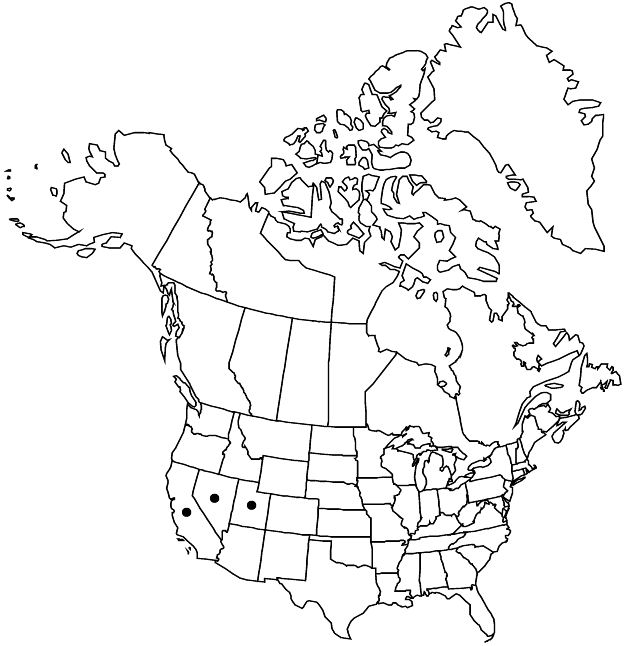familyRosaceae
subfamilyRosaceae subfam. Rosoideae
genusIvesia
sectionIvesia sect. Unguiculatae
speciesIvesia kingii
varietyIvesia kingii var. kingii
Difference between revisions of "Ivesia kingii var. kingii"
IllustratedEndemicConservation concern
imported>Volume Importer |
imported>Volume Importer |
||
| Line 53: | Line 53: | ||
|publication year= | |publication year= | ||
|special status=Illustrated;Endemic;Conservation concern | |special status=Illustrated;Endemic;Conservation concern | ||
| − | |source xml=https:// | + | |source xml=https://bitbucket.org/aafc-mbb/fna-data-curation/src/2e0870ddd59836b60bcf96646a41e87ea5a5943a/coarse_grained_fna_xml/V9/V9_368.xml |
|subfamily=Rosaceae subfam. Rosoideae | |subfamily=Rosaceae subfam. Rosoideae | ||
|tribe=Rosaceae tribe Potentilleae | |tribe=Rosaceae tribe Potentilleae | ||
Latest revision as of 22:56, 5 November 2020
Plants usually grayish green to silvery; caudices simple or few branched. Basal leaves: petioles of inner leaves usually glabrous, sometimes with sparse to dense, appressed or ascending hairs 0.5–2 mm; leaflets 15–40 per side, loosely to tightly overlapping, individually ± distinguishable, glabrous or ± sericeous or villous. Inflorescences 10–100-flowered, 2–12 cm diam.
Phenology: Flowering summer.
Habitat: Damp alkali-crusted valley bottoms, in saltbush and saltgrass communities
Elevation: 1200–2400 m
Distribution

Calif., Nev., Utah.
Discussion
Of conservation concern.
Variety kingii is found across the Great Basin from eastern California to western Utah.
Selected References
None.
Lower Taxa
None.
